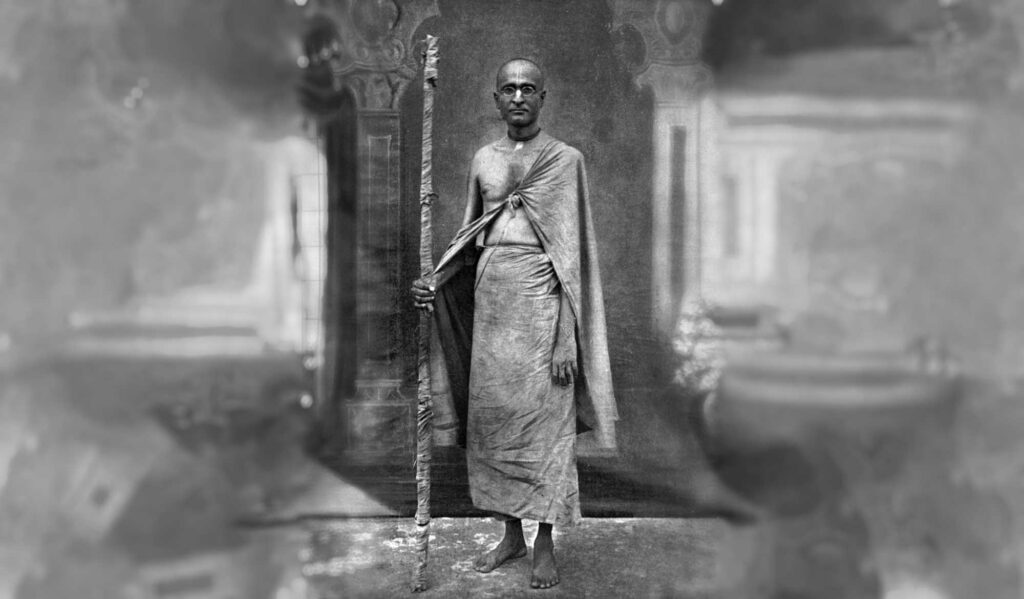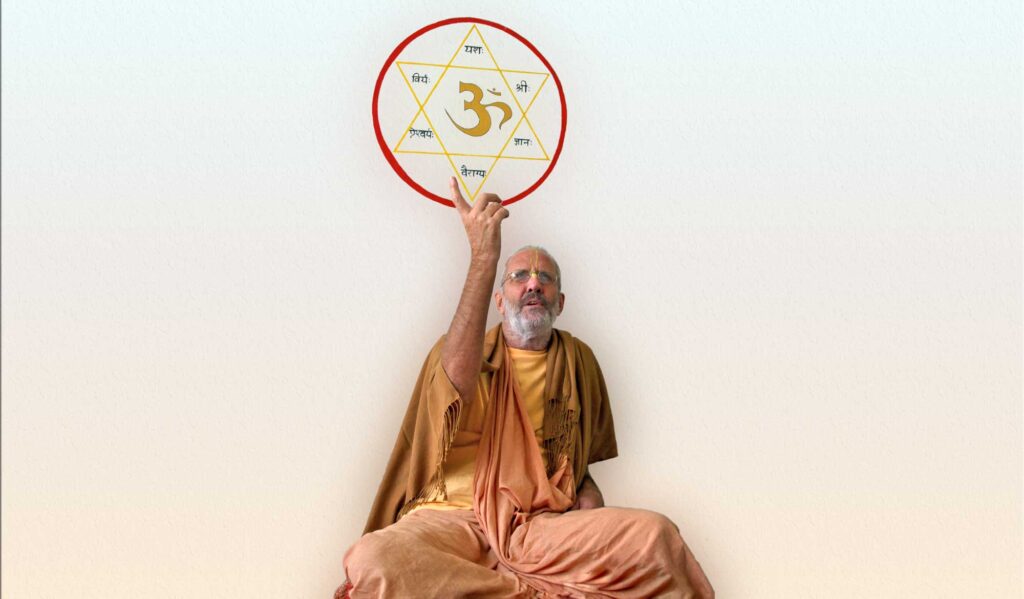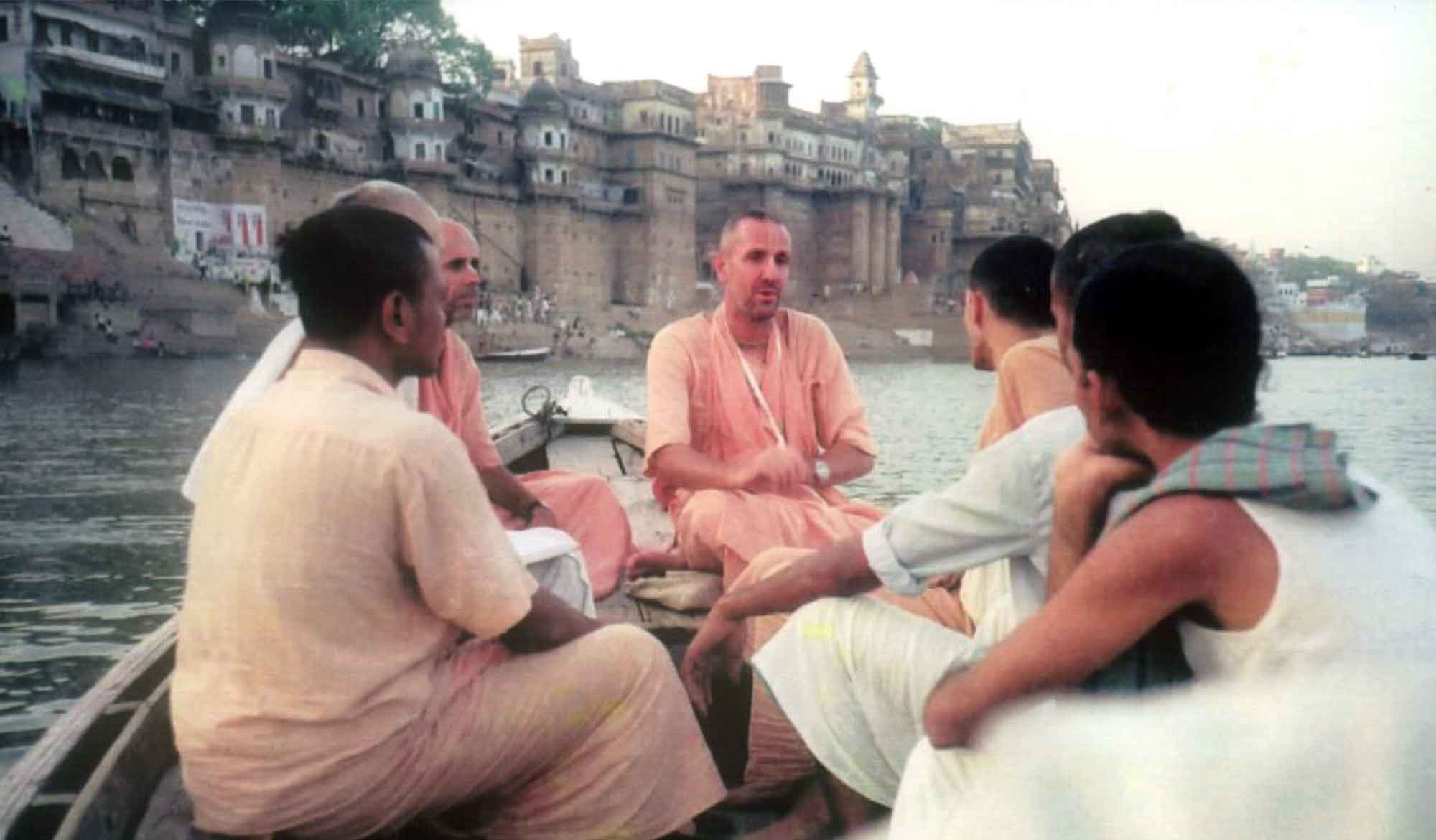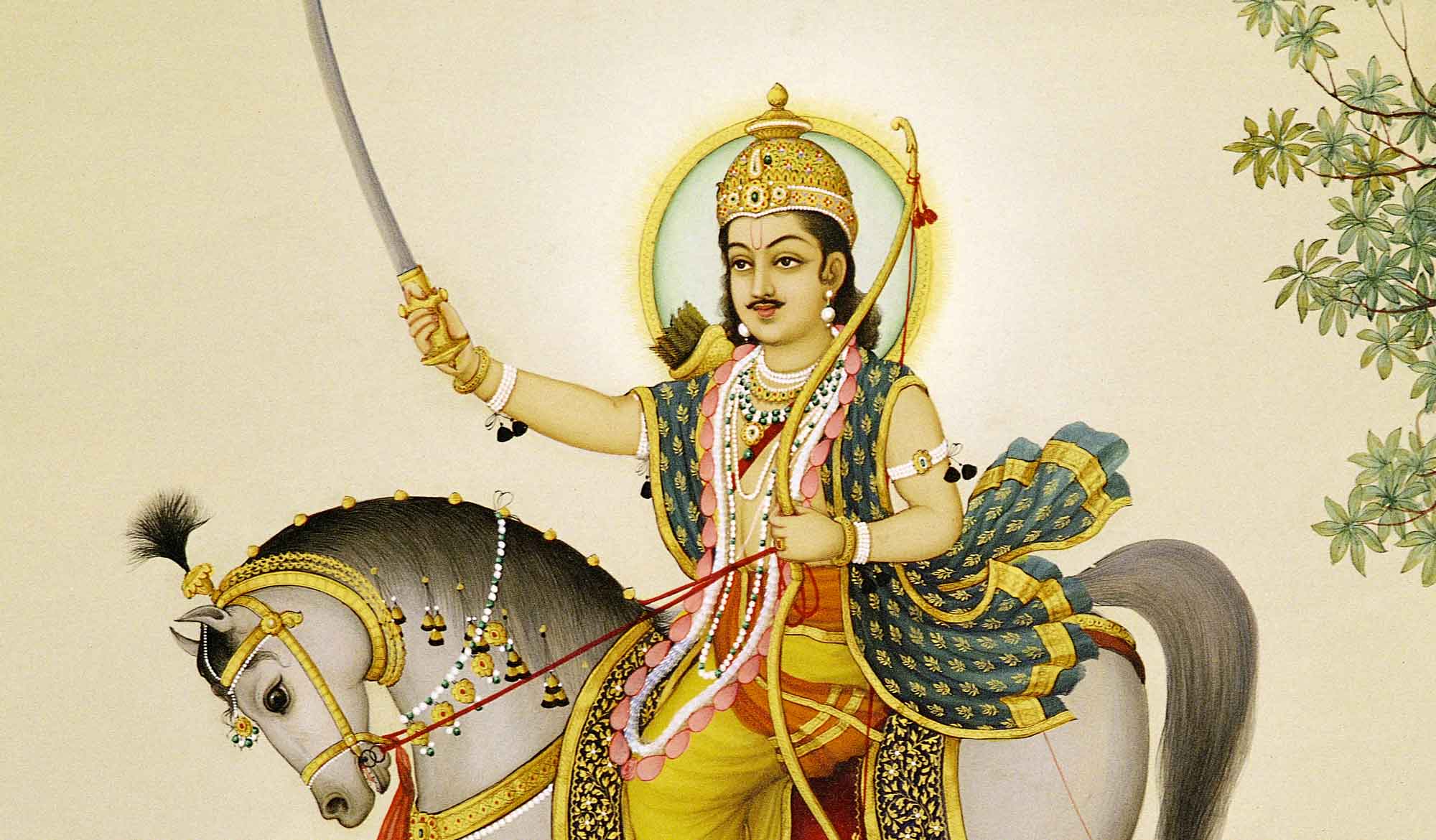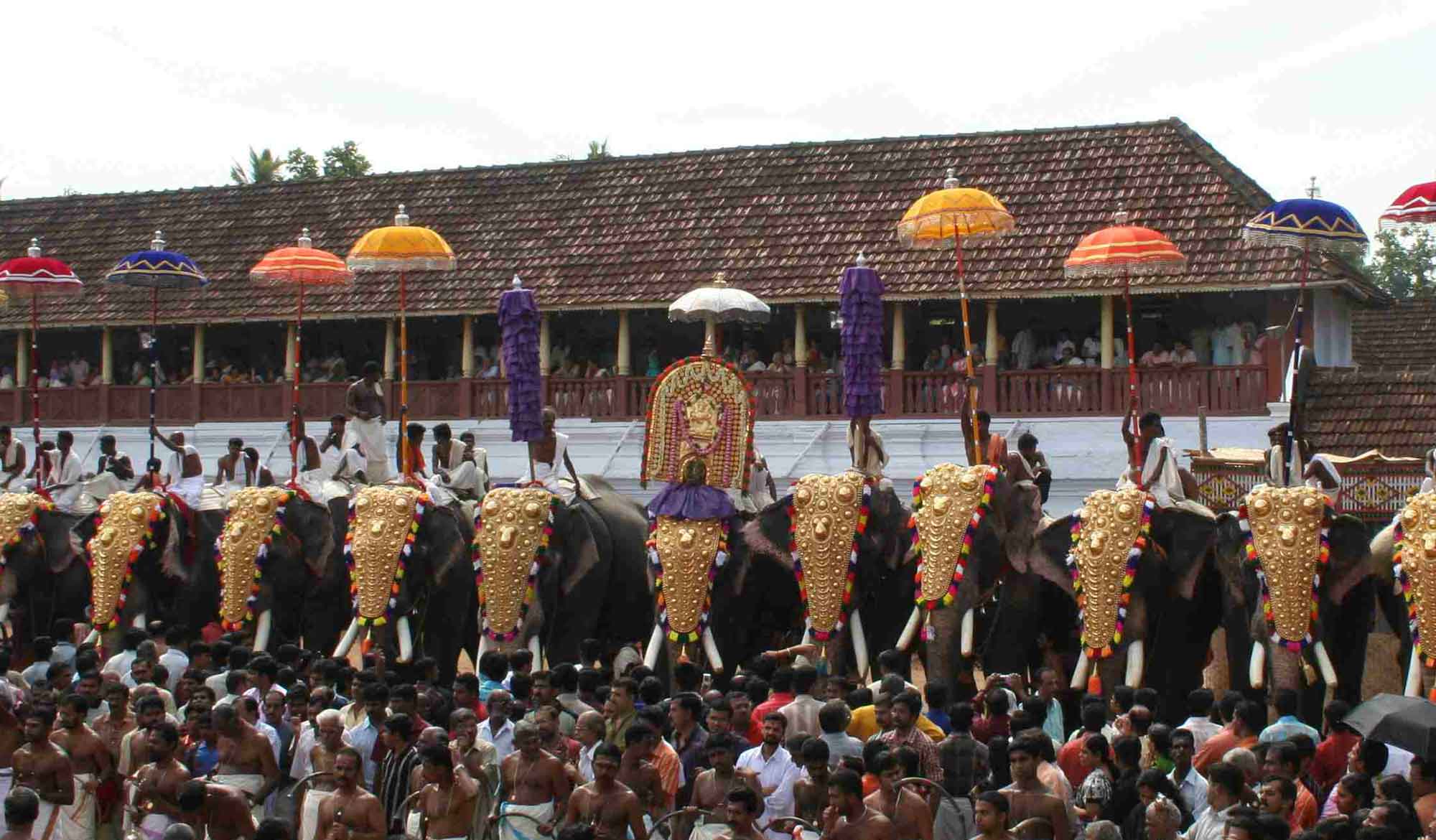by Swami B.G. Narasingha
“Conversations on Mādhavendra Purī” was written by Śrīla Narasiṅgha Mahārāja in 1997 in response to questions on the position of Śrī Mādhavendra Purī in the Gauḍīya sampradāya and his initiation into our line.
Question: Are you sure about the article, The Pontifical Position of Śrī Mādhavendra Purī. It was my understanding that Śrīmad Ānanda Tīrtha did in fact write his Bhagavad-gītā commentary *before* having darśana of Śrī Vedavyāsa. He then submitted this for the latter’s approval. As I understand it, Śrīla Vyāsa only had one comment about the text – something regarding the way Madhva began his commentary or ended it as my poor memory seems to recall. But the point here is that it indicates that Madhva began writing his Tattvavada commentaries before meeting with his claimed śikṣā–guru. This calls into question then his exact relationship with Śrī Vyāsa. (H. Krishna Susarla)
Narasiṅgha Mahārāja: Yes, I am sure of the matter but in my case the ‘sure; is a ‘heart thing’ in that it relies more on the dictation of my śraddhā than on my ability to reconstruct the chronology. However, Śrīla Bhaktisiddhānta Sarasvatī Ṭhākura, our parama-guru was the editor of The Harmonist when the article by Śrīla Śrīdhara Deva Gosvāmī was published. I think that I am safe to assume that the article met with his approval, otherwise it would not have been published. If there had been a mistake, then we would have seen a retraction in the next issue. (I have the originals of The Harmonist from 1925 thru 1936, of course a few are missing.)
That it is śraddhā that guides me in this regard must of course take me to a substantial plane also. Śraddhā after all is a spiritual substance not an abstract conception. Śrīla Sarasvatī Ṭhākura had come to this world with a message. In the opinion of his disciples and followers he was a nitya–siddha, a liberated soul (Nayana-maṇi Mañjarī). An essential message in the preaching mission of Sarasvatī Ṭhākura was that until one accepts the āśraya-tattva, the shelter of the Supreme Lords agent, his advancement in Kṛṣṇa consciousness does not begin.
The first principle of the 64 aṅgas of sādhana-bhakti given in Bhakti-rasāmṛta-sindhu by Śrī Rūpa is guru-pāda-āśraya, i.e., acceptance of the shelter of the lotus feet of sad-gurudeva. Prior to Madhva’s meeting and thus accepting the shelter and śikṣā of Vyāsadeva, the Gauḍīya section is not prepared to concede that Madhva had a positive contribution to make. Therefore, it has been said that his preaching was in the line of destruction of the māyāvāda theory. After his connection with Vyāsa his constructive preaching of establishing his cult of devotion began.
The āśraya-tattva is a thing of spiritual substance not a mere formality or etiquette. One has to purchase it with śaraṇāgati, surrender. Tad viddhi praṇipātena paripraśnena sevāya. Paripraśnena – surrender. (Gītā 4.34)
Study, learning, discourse on philosophy so many things are possible prior to initiation/ dīkṣā, but unless one gets this āśraya one does not gain admission to the descending flow of bhakti–rasa. (hari–nāma initiation is not considered dīkṣā in the Gauḍīya school. In Gauḍīya dīkṣā means mantra–dīkṣā, klīṁ kāmadevāya….) To remain in that flow there are requirements also, not that just because I have taken shelter by initiation that I am always connected. This principle is so essential that even nitya-siddhas and the Supreme Lord Himself demonstrate its necessity by accepting guru-pāda-āśraya. In almost every instance it is shown that the missionary work of the nitya-siddha section begins after taking dīkṣā. (Madhvācārya in this case as we are discussing.) Even Sarasvatī Ṭhākura was himself no exception to this rule.
Question: Isn’t it odd that Śrī Caitanya would take sannyāsa initiation from a māyāvādī (Keśava Bhāratī)?
Narasiṅgha Mahārāja: Before accepting sannyāsa-mantra, tat tvam asi (I am that), from Keśava Bhāratī, Caitanya Mahāprabhu Himself first initiated Keśava Bhāratī with the same mantra, tat tvam asi, that he later received from him but with full-fledged Vaiṣṇava conception (I am servant of Him).
Mahāprabhu’s acceptance of sannyāsa is significant to the Gauḍīyas in that it is the parallel līlā where Kṛṣṇa leaves Vṛndāvana which marks the beginning of the gopīs feelings of separation, vipralambha-bhāva. The Gauḍīyas accept that Keśava Bhāratī was the self-same Akrūra, the uncle of Kṛṣṇa, who took Kṛṣṇa and Balarāma to Mathurā on the chariot. So, where is the question that Bhāratī was a māyāvādin and thus that Mahāprabhu took sannyāsa from the māyāvādī section?
Question: Because Śrī Mādhavendra Purī’s faith and love for Śrī Kṛṣṇa and his service was far too sublime and soaring he could not be considered a māyāvādin.
Narasiṅgha Mahārāja: For me this is a most central and attractive point in our discussion; at least central in that it leads to the core of Śrī Caitanya Mahāprabhu’s heart. His (Purī’s) faith, love and service have been represented in the verse uttered by him before leaving his body. The verse is taken to have been spoken directly by Śrīmatī Rādhārāṇī and it is the actual foundation on which Mahāprabhu’s sampradāya has been based, vipralambha-bhāva. Thus, needless to say, this verse is classified in the prayojana-tattva of Gauḍīyas.
ayi dīna-dayārdra nātha he mathurā-nātha kadāvalokyase
hṛdayaṃ tvad-aloka-kātaraṃ dayita bhrāmyati kiṃ karomy aham
“O my Lord! O most merciful Master of Mathurā! When shall I see You again? Because of my not seeing You, my agitated heart has become unsteady. O most beloved one, what shall I do now? (Padyāvalī, Mādhavendra Purī)
More Articles by Swami B.G. Narasingha
Banaras – The City of Light
“Banaras - The City of Light” was originally written by Śrīla Narasiṅgha Mahārāja for Clarion Call magazine in 1990. This article explains something of the history of Banaras and its significance to Hindus.
The Dawn of the Age of Love?
“Dawn of the Age of Love” was written in 2009 by Śrīla Narasiṅgha Mahārāja in response to the erroneous idea that Kalki-avatāra does not appear at the end of this Kali-yuga. Quoting previous ācāryas, he shows that this is not the case.
Guruvayur
“Guruvayur” was an article written by Śrīla B.G. Narasiṅgha Mahārāja in 1989 for ‘Clarion Call’ magazine, Vol.2, issue 3. Narasiṅgha Mahārāja explains the history of the famous temple in Kerala as well as some of its peculiarities.

